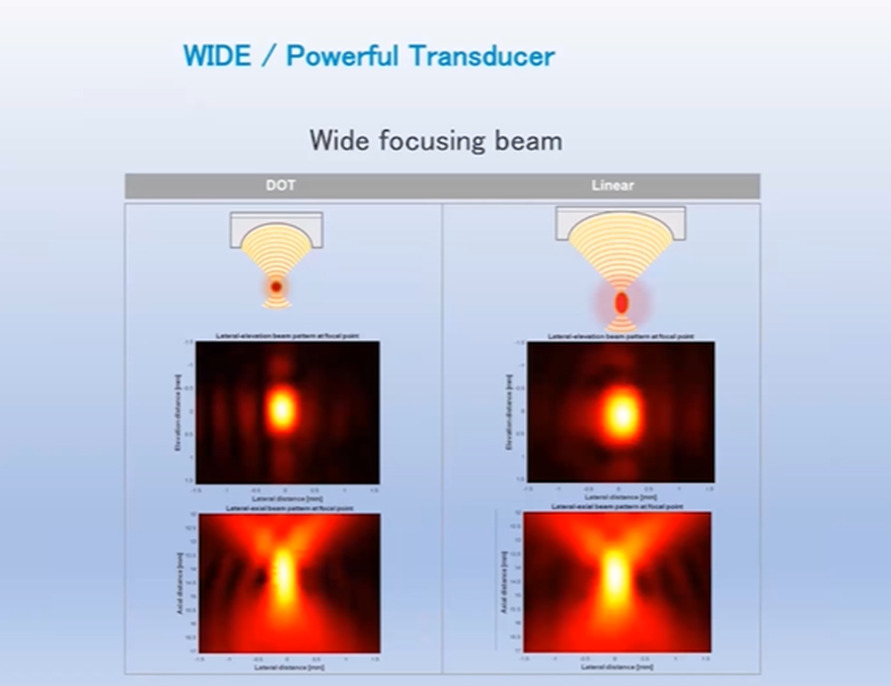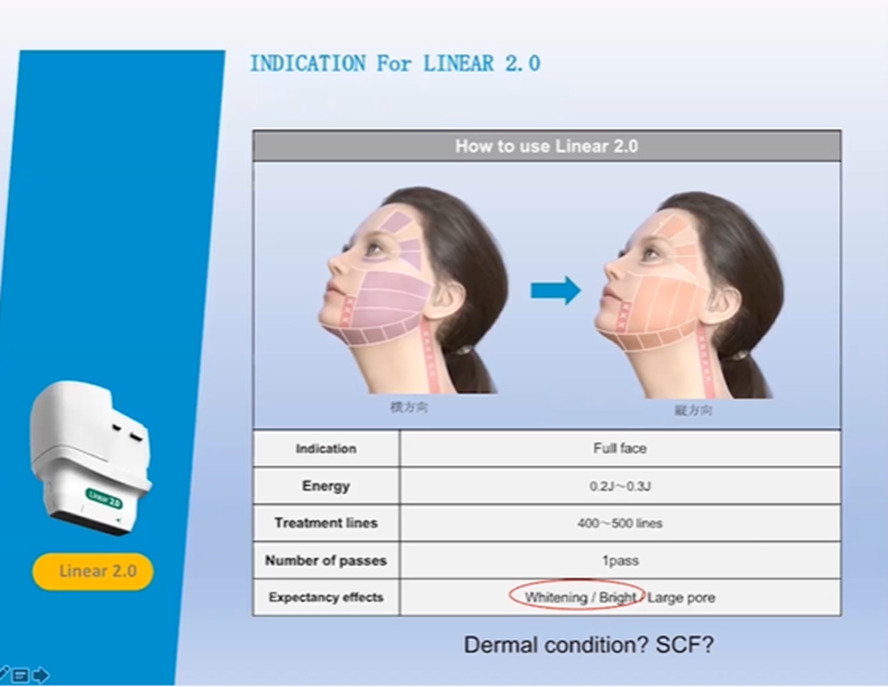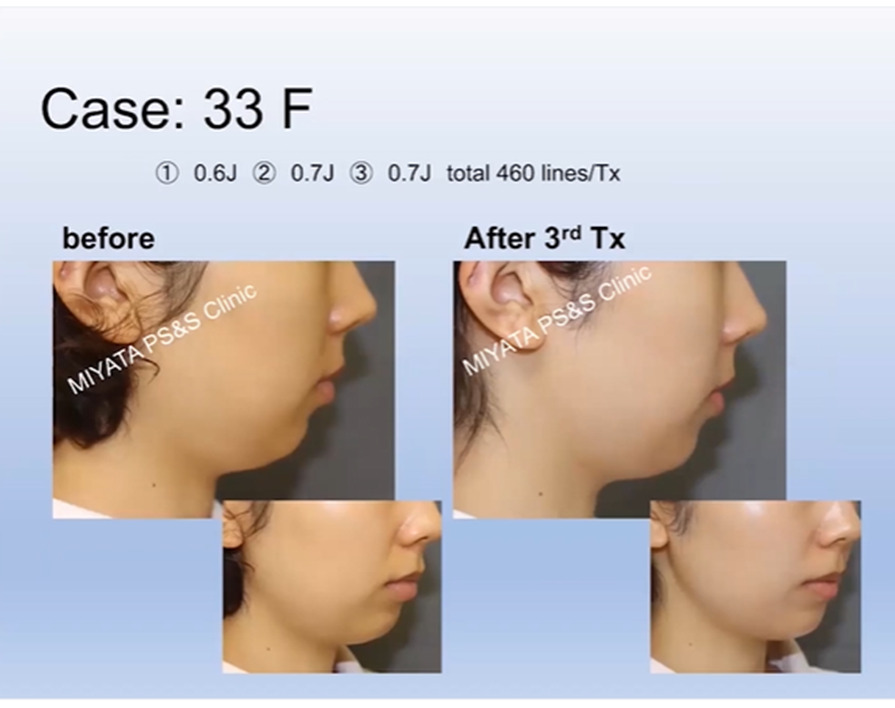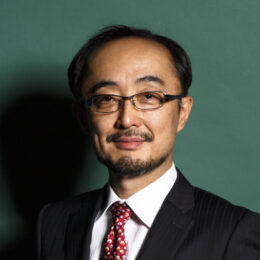
Thank you for visiting Jeisys Medical Japan’s website.
Are you considering the introduction of HIFU at your clinic?
HIFU is currently FDA-approved and has shown some efficacy in lifting.
In Japan, people are becoming more beauty-conscious, many people no longer hesitate to go to a cosmetic clinic.
“Lifting” is one of the most popular treatments, but many people are resistant to undergo cosmetic surgeries.
In this situation in Japan, HIFU is popular as “lifting without surgery”.
If you are considering HIFU, please watch the webinar by Dr. Miyata of Miyata Plastic Surgery/Skin Clinic, who has pioneered HIFU treatment in Japan.
Dr.Miyata, Miyata Plastic Surgery/Skin Clinic
- INDEX
Why HIFU is popular in Japan(01:00~)

The prevailing view is that face-lifts are the best as far as treatments that lift up the face.
The disadvantage of surgery, however, is the high pain and long downtime.
In Japan, where people are hesitant to take long breaks from work, HIFU as lifting without surgery tends to be preferred.
Most people choose HIFU over surgery.
Due to these circumstances, device treatment has become go-to approach for lifting.
However, these devices are limited in their efficacy.
Most sagging treatments can only remodel the layer of fascia up to a depth of 5 mm.
No treatment can increase volume, either.
So the concomitant use of thread or fillers are recommended.
Devices are not almighty ; they are not magic wands.
Differences between RF and HIFU(02:10~)

RF stands for radiofrequency, which applies heat to a wide area.
It applies heat from the dermis to the subcutis, excels at tightening the skin.
Whereas HIFU applies small dots of heat to several areas, creating multilayered zones.
HIFU causes the skin to lift up.
Due to their different mechanisms of action, combination treatments using both RF and HIFU have become the popular choice.
But both of these had disadvantages.
That is, they are “painful” and “the results are not so dramatic”.
Another disadvantage was that the consumables were extremely expensive and had to be passed on to medical expenses.
The new HIFU device / 3 advantages of Ultracel Q+(05:54~)

1. A short irradiation time
2. High visibility
3. Less painful
The most obvious advantage is its speed. Shorter irradiation time reduce the burden on the patient and the clinic. The second advantage is its shape. The slim shape makes it easy for the practitioner to see the operative field particularly working under the chin.

And the best advantage is that it causes less pain. Conventional HIFU raises the temperature to 70 to 80℃, which inevitably causes pain. Ultracel Q∔ has a maximum temperature of 60-65 ℃, which reduces pain compared to standard HIFU. Is the effect not expected at lower temperatures? As it turns out, that is not the case. The question here is whether to break or degenerate the tissue. The clue to understanding this is cooking. Collagen denaturation begins at 60°C. In culinary science, 63℃ is the ideal temperature at which to prepare meat. This temperature is the best for heat to reach the inside and for juicy preparation. Humans are also similar to animals, so this temperature should be good for us, too. In other words, Ultracel Q+ can “denature tissue”. Conventionally, the focus has been on coagulating tissues at the highest possible temperature. However, it is better to bring about gradual tissue changes, which can be expected to improve and firm up skin’s texture.

In other words, it is not about which one is better, but can be used differently depending on the case.
Why linear-type HIFU is highly effective?(11:52~)

UltraCel Q+ has large and continuous heat zones. Heat can be applied to a wide area by thermal diffusion. There are two types of Transducer, 2.0mm and 4.5mm, and I feel that when the 4.5mm type is irradiated under the chin, the strong thermal action may have the effect of shrinking fascia and also melting fat.
Whitening/brighting Effect(13:28~)

Linear 2.0 mm can be expected to be effective for whitening and lightening as it inhibits melanin production. The 4.5mm type is effective for double chin as it tightens skin layer as a two-dimensional surface. There is efficacy in tightening and, in younger age groups, fat-loss effects can be expected at the same time.

Ultracel Q+ differs greatly from conventional HIFU in that it can lift the skin up while providing firmness.
Using POTENZA together with HIFU(15:09~)
In theory, I believe it would be more effective to perform injection with the tissue already destroyed. Applying HIFU first then injecting PLLA should be more effective.



